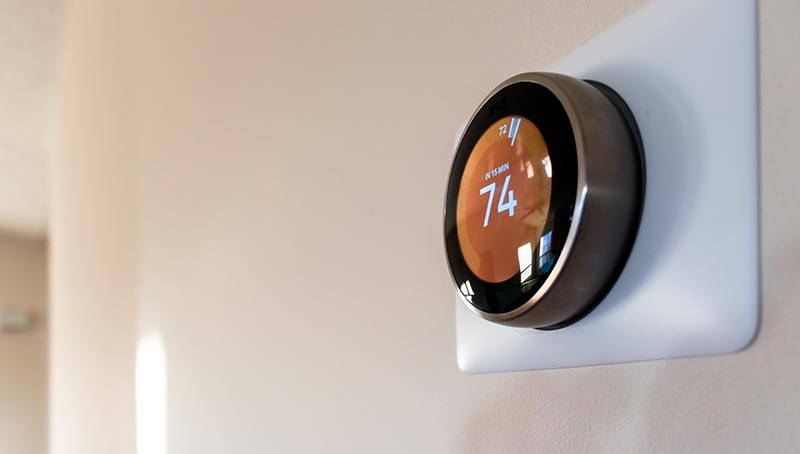Winter Tune-Ups: Inside Your Heating System Checkup
The first cold snap of the winter has a way of revealing what you’ve been putting off. You flip the thermostat to heat, and instead of that familiar warm hum, you hear clanking, smell something burning, or worse—nothing happens at all. Most homeowners don’t think about their heating system until it stops working, but that reactive approach can cost you hundreds in emergency repairs and leave your family shivering when you need comfort most.
A heating system tune-up is like a wellness checkup for your home’s comfort equipment. Wayne Price HVAC has been helping families maintain reliable heating through proper seasonal maintenance, and the difference between a well-maintained system and a neglected one shows up in your comfort, your utility bills, and your system’s lifespan. When you schedule a professional tune-up before winter settles in, you’re not just checking boxes on a maintenance list—you’re investing in peace of mind during the coldest months of the year.

The Real Purpose Behind Heating Maintenance
Your heating system works hard during winter months, cycling on and off dozens of times each day to maintain comfortable temperatures. This constant operation creates wear on components, allows dust and debris to accumulate, and can slowly degrade efficiency without any obvious warning signs. A professional tune-up addresses these issues before they become problems, ensuring your system operates safely, efficiently, and reliably when you need it most.
The connection between regular maintenance and system longevity is backed by solid evidence. According to the U.S. Department of Energy, proper maintenance can extend equipment life by several years and improve efficiency by up to 15 percent. That efficiency boost translates directly to lower energy bills—money that stays in your pocket instead of disappearing into wasted heat.
What Actually Happens During Your Appointment
When a technician arrives for your heating system tune-up, they’re following a comprehensive checklist designed to evaluate every component that affects performance and safety. The appointment typically takes 60 to 90 minutes, depending on your system type and its current condition.
The process begins with a thorough inspection of visible components. Your technician examines the heat exchanger for cracks or corrosion, checks electrical connections for signs of wear or looseness, and inspects the flue system to ensure combustion gases are venting properly. These visual checks catch problems that could pose safety risks or lead to system failure.
Testing and Adjustment for Peak Performance
After the inspection phase, your technician moves into testing and calibration. They’ll measure the temperature rise across your system to ensure it’s operating within manufacturer specifications, test safety controls to verify they’ll shut down the system if problems occur, and check refrigerant levels if you have a heat pump system. The thermostat gets attention too—technicians verify it’s reading temperatures accurately and communicating properly with your equipment.
One of the most valuable parts of any tune-up is the cleaning phase. Your technician will clean the burner assembly to ensure proper combustion, clear drain lines to prevent water damage, and replace or clean air filters to improve airflow. These seemingly small tasks have outsized effects on system performance. A dirty filter alone can increase energy consumption by 15 percent while reducing comfort and putting extra strain on your equipment.
Understanding the Findings
At the end of your appointment, your technician will walk you through their findings. This conversation is your opportunity to understand your system’s current health and make informed decisions about any recommended repairs or improvements. Good technicians explain issues in plain language, help you prioritize recommendations, and answer questions without pressure.
Some findings require immediate attention—safety issues, failed components, or problems that will worsen quickly. Others represent opportunities for improvement—adding insulation, sealing ductwork, or upgrading to more efficient equipment. Understanding the difference helps you make decisions that align with your budget and priorities.
The Winter Advantage
Scheduling your heating system tune-up before winter arrives gives you several advantages. You’ll avoid the rush of emergency service calls that flood HVAC companies during the first cold weeks of the season. You’ll have time to address any issues before they leave you without heat on the coldest night of the year. Perhaps most importantly, you’ll enter winter knowing your heating system is ready to keep your family comfortable, no matter what the temperature does outside.
Your heating system is one of the hardest-working pieces of equipment in your home. Giving it the professional attention it deserves doesn’t just extend its life—it protects your comfort, your safety, and your investment. Wayne Price HVAC is ready to help you prepare for winter with thorough, professional heating system maintenance. Schedule your tune-up appointment today and enter the cold season with confidence.
